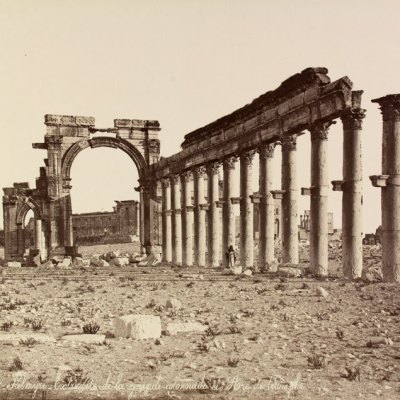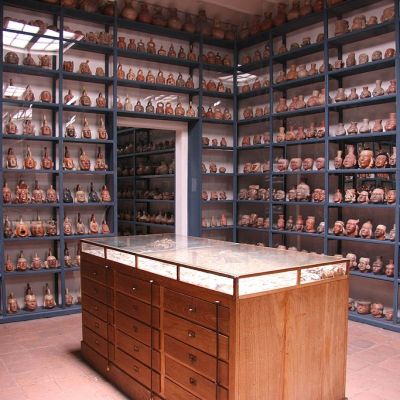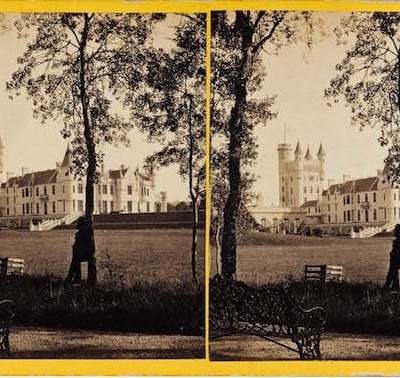The chairs shown tumbling down this month’s cover are part of Noviembre 6 y 7, a work realised by the Colombian sculptor Doris Salcedo in 2002 to commemorate the victims of the Palace of Justice siege in Bogotá in 1985, during which more than 100 people died. Salcedo lowered the chairs slowly over the course of two days, ‘marking the absence of each person at the approximate time the autopsy said that each person or group of people had died’. It was a response to cultural amnesia about the event, transforming readymade objects into a provisional monument that evoked as much the contingency of historical memory as it did the upending of scores of lives and their everyday circumstances. ‘I am not buying the present as it’s presented to me,’ the artist tells Lidija Haas in these pages.
That artworks might recover forgotten or neglected histories, and then engage with the ethical quandaries of translating them into a sphere of aesthetics and display, is by now an old story that does not itself bear retelling. The success and durability of such works is best judged on a case by case basis, which requires sifting nuance and ambiguity from blunt statement or mere lament. Take Steve McQueen’s End Credits, recently shown at the Whitney Museum of American Art, which brilliantly acknowledges how the recovery of what has been suppressed can itself lead to simplification, and instead presents something inscrutable and complex: on two vast screens, FBI files on the singer, actor, and civil-rights campaigner Paul Robeson scroll like the closing credits to a film, too rapidly to be properly construed, while a voiceover recites further records and redactions. The effect is one of overwhelming disorientation – both immediate and historical – in the face of ostensible clarification.
For all their sombreness, Salcedo’s works inhabit a realm of possibility: not only in the hope that historical memory might be reconfigured, but also in how they eschew didacticism and remain open to interpretation. One challenge of presenting overlooked histories is that, without such generosity, uncovered narratives can become as overweening as the versions that they supplant. Reading Imelda Barnard’s letter from Limerick in this issue, reporting on EVA International, Ireland’s contemporary art biennial, what is striking is the discrepancy between the reductive curatorial attitude – to remember 800 years of oppression – and how the participating artists seem to have found imaginative new pathways through the past.
Museums, too, increasingly ask visitors to challenge received history and weigh up other versions of the past that are possible. But institutions tend to change gradually, compelled to reassess their own histories as they adapt to changing perspectives in scholarship and shifting cultural attitudes. As Nicholas Cullinan points out in this issue, Tate Modern has, since its opening in 2000, patiently recalibrated museums’ approach to modern and contemporary art through a collecting policy that has focused on art from beyond the Western canon. Over the past 16 years it has taken what was peripheral and made it the centre of public attention.
The Tate has, for all intents and purposes, built a new collection from scratch. For other institutions, the modern imperative to reevaluate history (and the history of art) is offset by the circumstances in which their collections were formed, and by curatorial responsibilities to those objects and how they are best conserved and displayed. As Giles Waterfield’s feature on British art in American museums makes clear, many collections are not suited to fullscale reinterpretation as vehicles of social history or as testaments to historical violence and oppression – and nor, thankfully, would their curators have them as such. But at both the Yale Center for British Art, which reopened last month, and at the Metropolitan Museum of Art, whose British decorative arts galleries will be redisplayed by 2018, subtle reevaluation is underway – down to the decision to incorporate ceramics, with a sense of their makers and market, into a display that has never been hospitable to them. Even such quiet choices can bring the past to bear differently on the present.
From the June issue of Apollo: preview and subscribe here.


